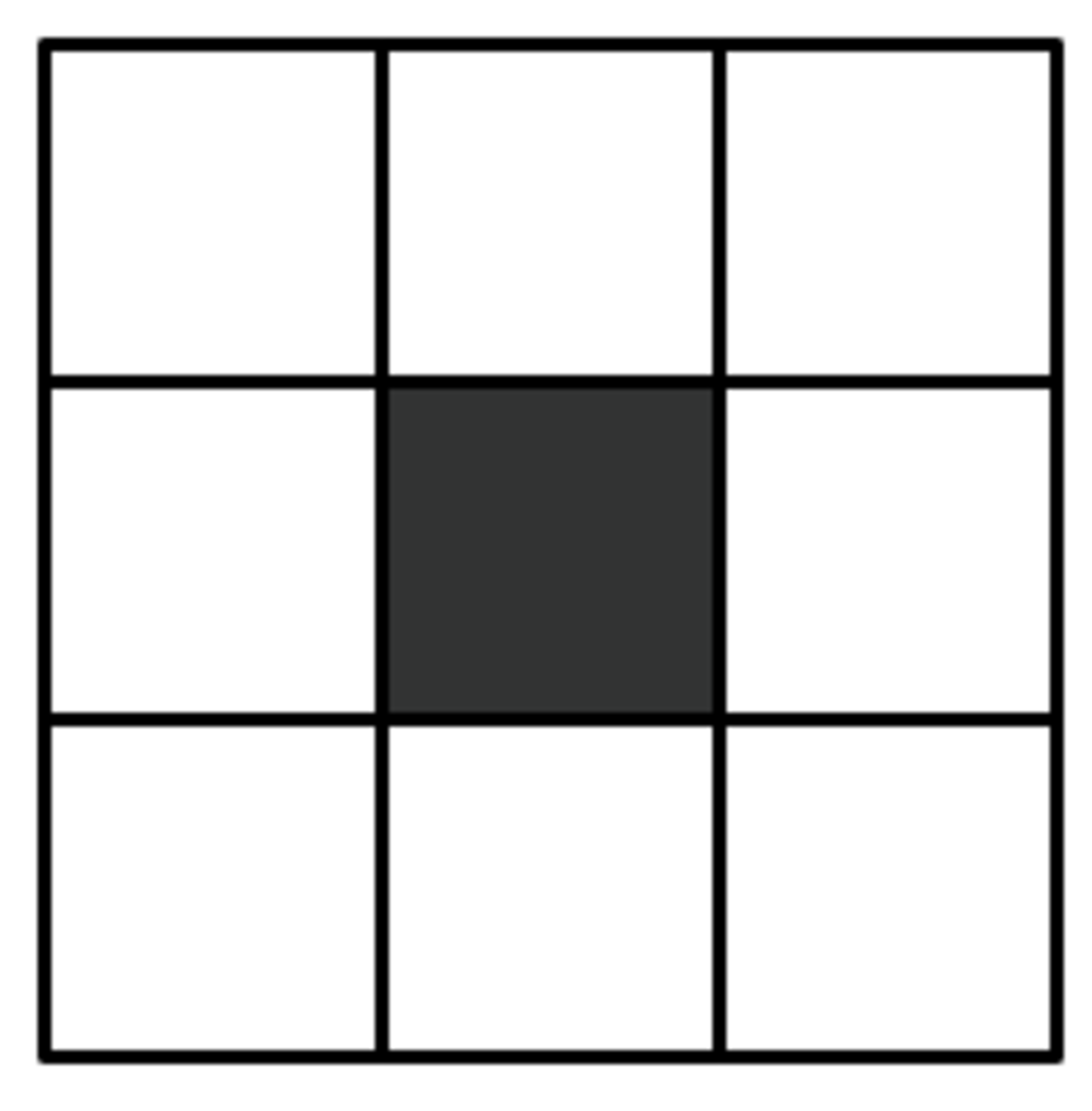Filling Up A Grid - 3 * 3 Ring

Is it possible to fill the squares of the above grid with the integers from 1 to 8 (using each only once) so that no two adjacent squares (sharing a side or a corner) contain consecutive integers?
This section requires Javascript.
You are seeing this because something didn't load right. We suggest you, (a) try
refreshing the page, (b) enabling javascript if it is disabled on your browser and,
finally, (c)
loading the
non-javascript version of this page
. We're sorry about the hassle.
Starting at the top left box and going around clockwise, four valid "rings" are
( 1 , 4 , 2 , 7 , 5 , 3 , 8 , 6 ) , ( 1 , 4 , 7 , 2 , 5 , 8 , 3 , 6 ) , ( 4 , 1 , 6 , 3 , 8 , 5 , 2 , 7 ) and ( 3 , 1 , 7 , 5 , 8 , 2 , 4 , 6 ) .
The next challenge would be to determine the total number of valid rings, independent of rotation, and thus also what percentage of the 8 ! / 4 = 1 0 0 8 0 possible rotation-independent fill-ins are valid rings.